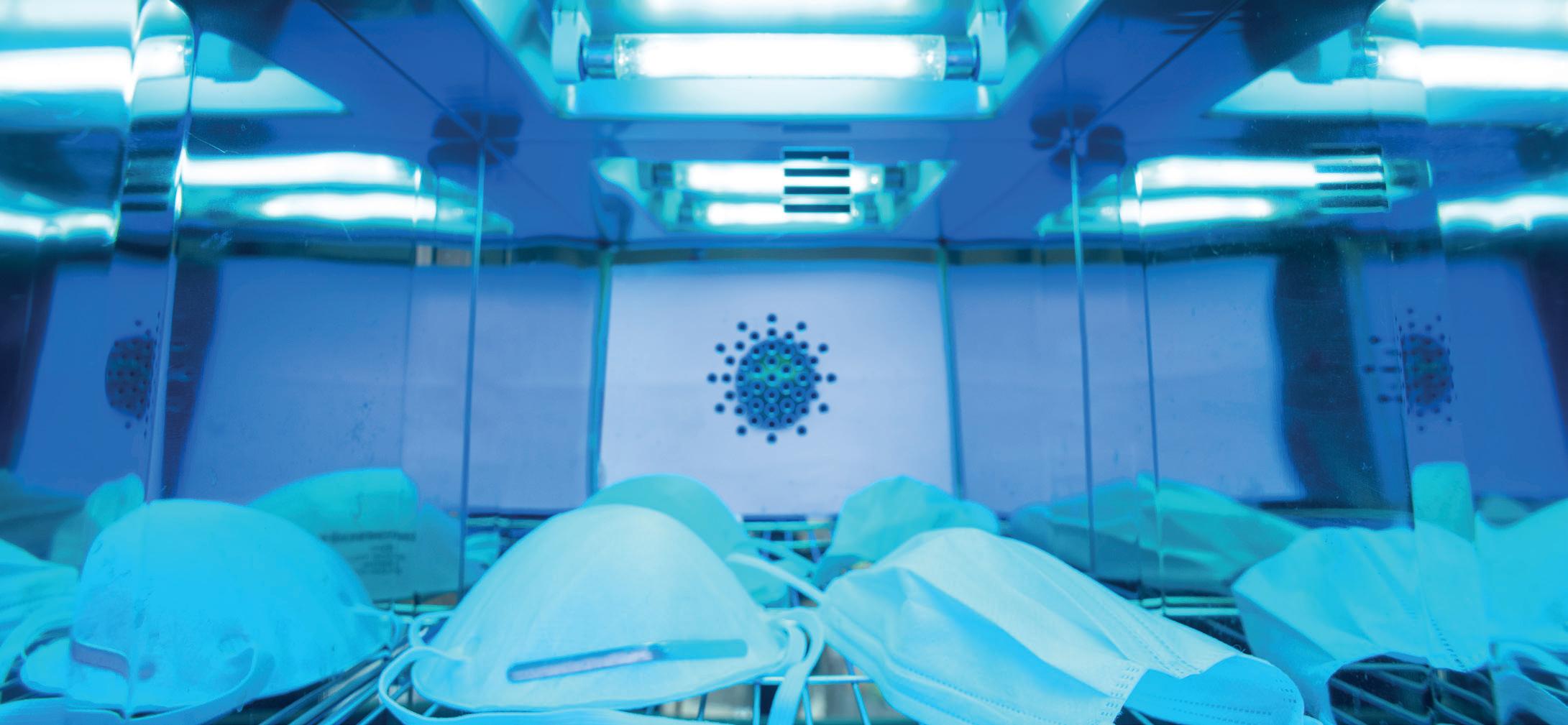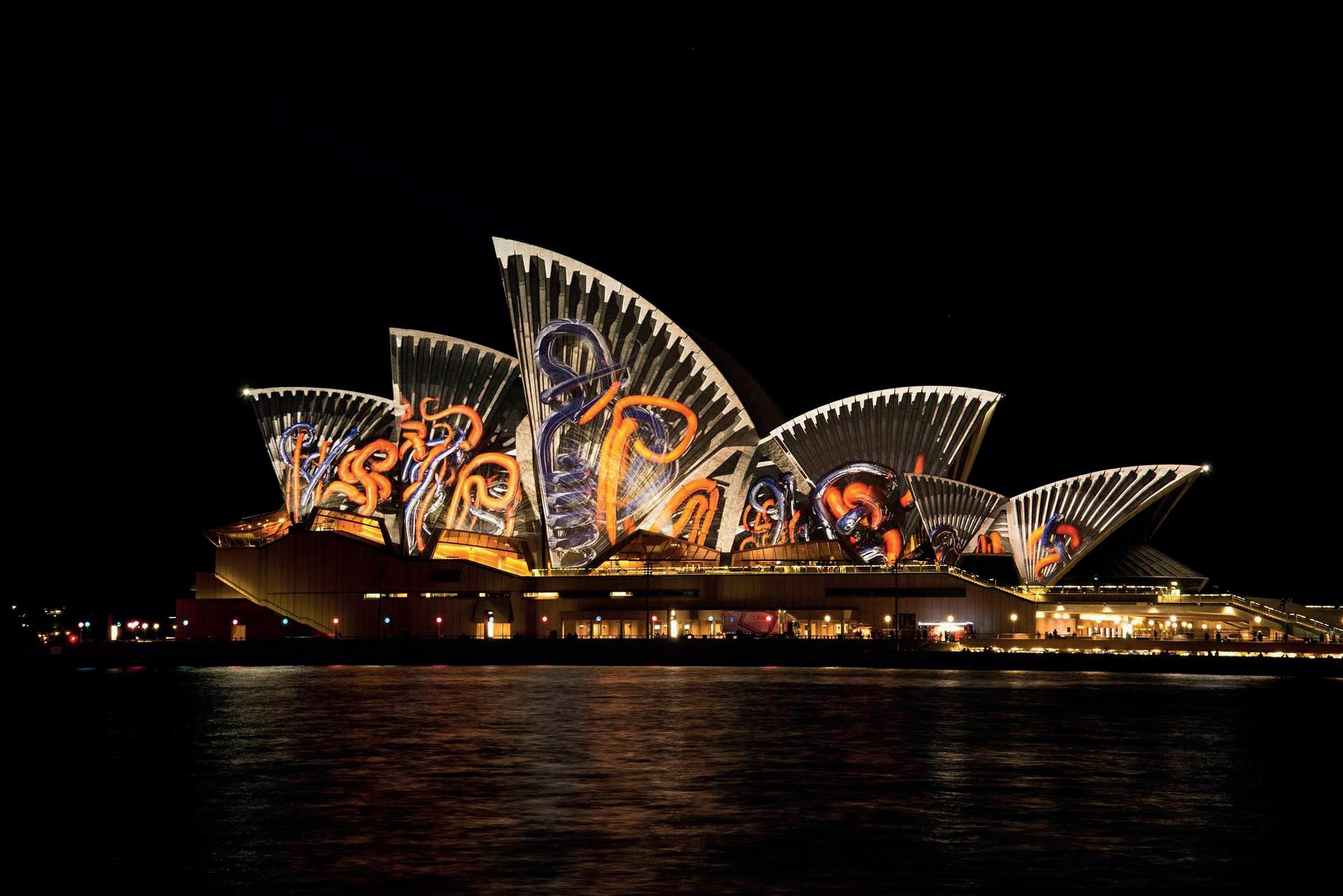LR&T essentials
September/October 2020
ON THE ROAD Iain Carlile looks at four of the most recent online Lighting Research and Technology papers, all of which focus on street lighting themes n the first of the papers, Sakar et al consider the changing technologies of street lighting and the effect that supply power quality may have, resulting in the incorrect operation of the lighting and potential safety issues. The authors note that while much research in this respect has been done on traditional street lighting using high-pressuresodium (HPS) lamps, little research existed on voltage dips with LED street lighting. An experiment was conducted in which artificial voltage dips were applied to incandescent, HPS and LED sources, and the results compared against proposed metrics. These included performance metrics (flicker and light intensity) and transient characteristics (overshoot, response delay and response time). When compared to incandescent and HPS lamps, LED sources exhibited uncoordinated light intensity drops, being longer or shifted with respect to the voltage dip. From the outcome of the study, the authors recommend that LED street lights need testing prior to installation to prevent unexpected consequences. Given that an increasing number of HPS street lighting installations are being changed over to LED, the authors make recommendations for standardisation committees to implement an assessment method for lighting equipment. A paper by Fotios et al investigates how ambient light conditions (daylight versus after
I
Phase
Photometer
Computer
Signal generator
Power amplifier
DAQ DL850 Street lamp
Neutral PE
Twitter: @sll100
dark) may affect road traffic collisions (RTC). Four analyses of RTCs were carried out in order to compare differences between the methods of analysis. These involved a repeated analysis of RTCs in the UK in daylight and darkness, to test reproducibility, an Odds Ratio analysis, a defined case hour analysis, and a whole year analysis. From the results, the authors conclude that previous studies may have underestimated the detrimental effect that darkness has on the risk of RTCs. In another paper, Robbins and Fotios note that, with respect to road lighting, there are two separate bodies of research showing how changes in lighting conditions affect hazard detection, and that driving is impaired by distraction. However, the two bodies of research have yet to be integrated, which is critical for lighting design recommendations, since distraction may affect the optimal lighting conditions. In order to progress this, the authors investigated what could be considered the critical types of distraction, so that these may be simulated in future lighting research. Two methods were used to identify the prevalence of driving distractions. The first method involved interviews with drivers following collision, while the second method used observation of drivers on real roads. From the analysis of the data, prevalent distractions were identified as auditory, such as conversations with other passengers
Voltage/current sensor
ď ´ Fig 1: Schematic of test set-up for voltage dips (Sakar et al)
and listening to music. The authors therefore recommend appropriate auditory distractions be incorporated into future experiments studying the effects of lighting and hazard detection. Cao et al present a study of the effect of driving speed on visual performance under mesopic vision. The experiment was conducted using a driving simulator, in which the effect of two different variables was studied: detection rate (DR) and detection distance (DD). From the results of the study, it was found that driving speed has a significant effect on both DR and DD, with an increase in driving speed resulting in a significant decrease of both values. Based upon the results of the experiment, the authors propose a new model, the Simulator-based Visual Performance model, which describes the effect on visual performance of driving speed, target contrast, distance and their interactions. Iain Carlile FSLL is a past president of the SLL and a senior associate at dpa lighting consultants
Lighting Research and Technology: OnlineFirst In advance of being published in the print version of Lighting Research and Technology (LR&T), all papers accepted for publishing are available online. SLL members can gain access to these papers via the SLL website (www.sll.org.uk) Susceptibility of LED street lamps to voltage dips S Sakar, A Bagheri, S RĂśnnberg and MHJ Bollen A comparison of approaches for investigating the impact of ambient light on road traffic collisions S Fotios, CJ Robbins and J Uttley Road lighting and distraction whilst driving: Establishing the significant types of distraction CJ Robbins and S Fotios Effect of driving speed on target visibility under mesopic conditions using a driving simulator D Cao, Y Tu, Z Wang, L Wang, L Liu, Z Chen, D Lou, X Zhu and C Teunissen
15





